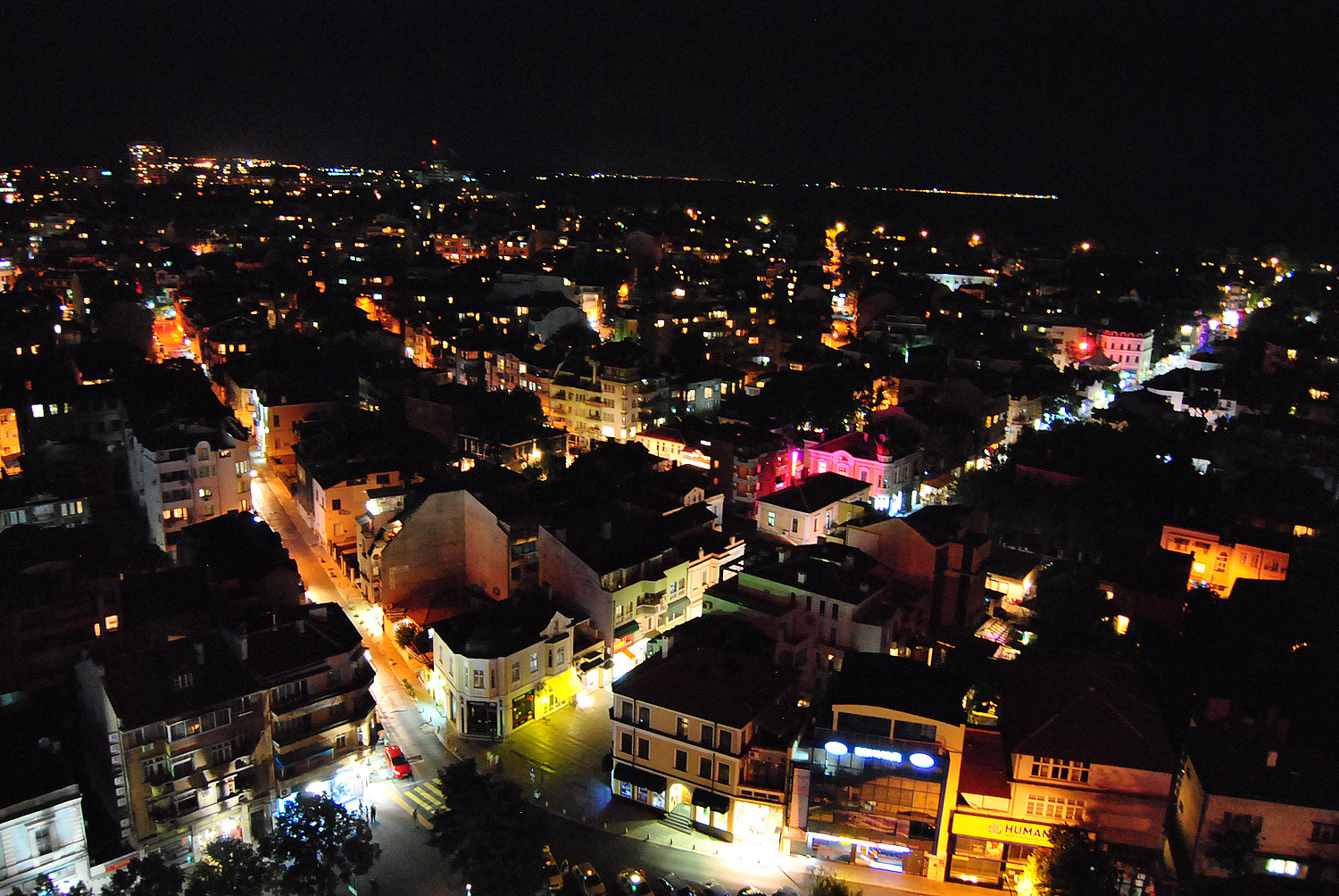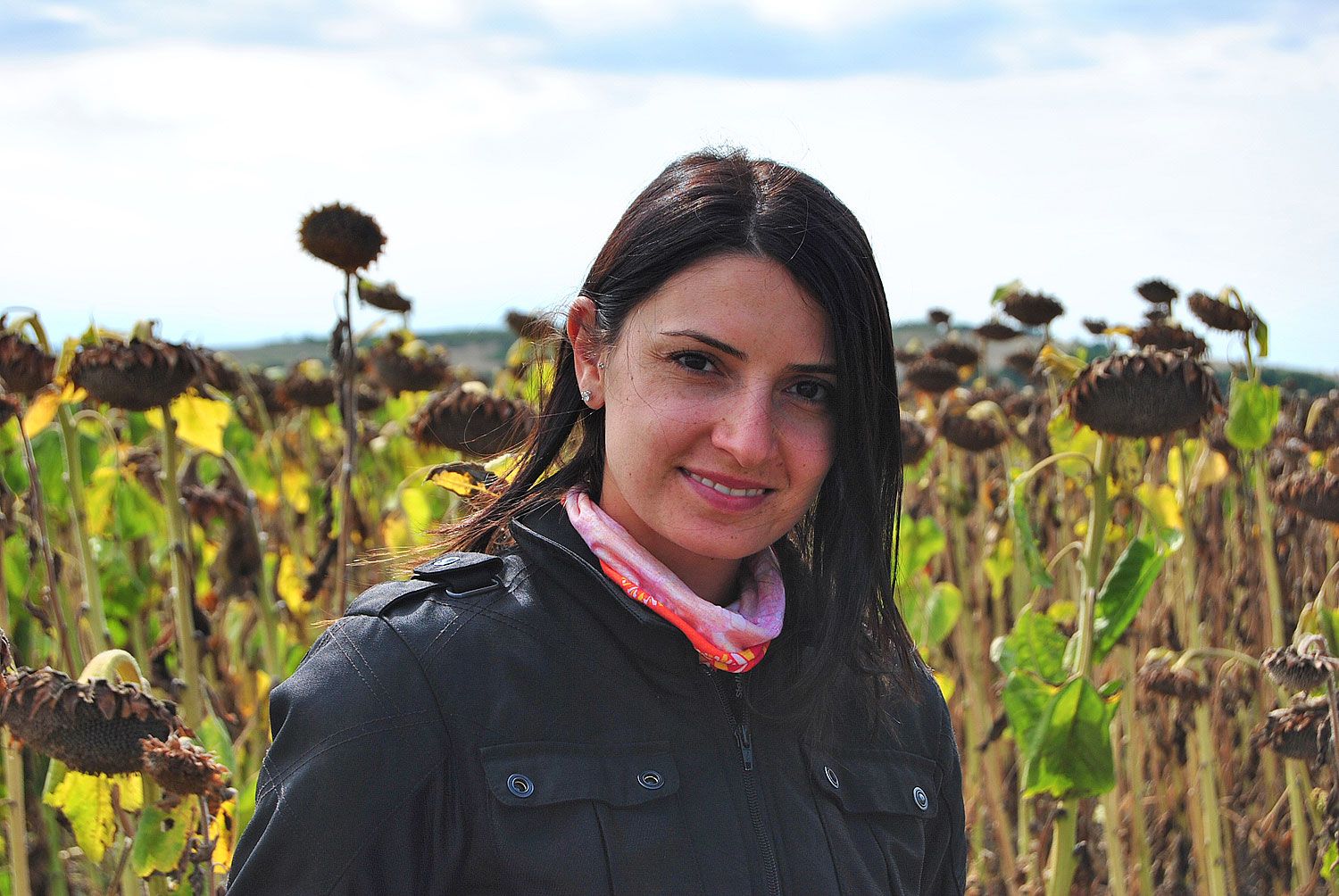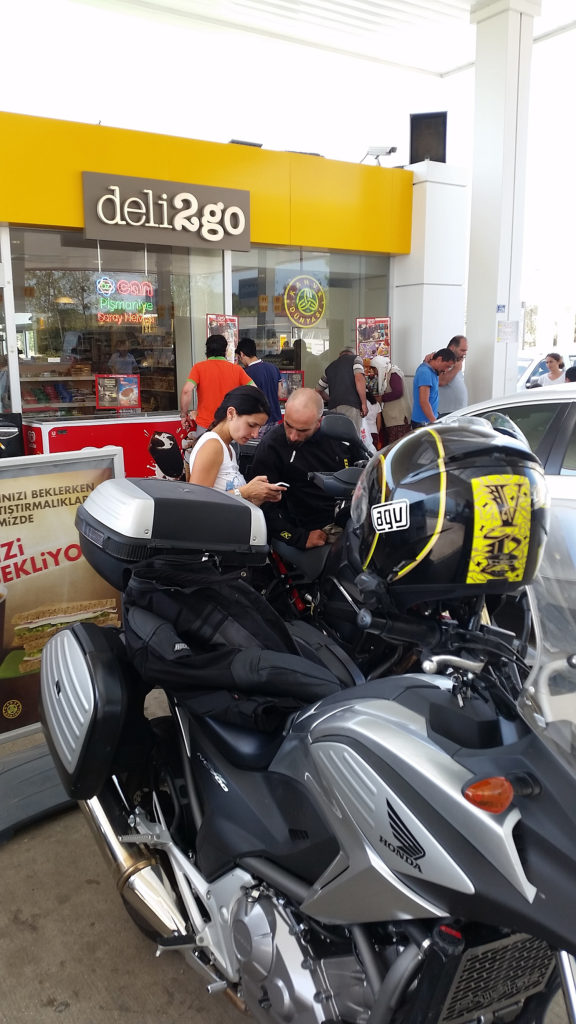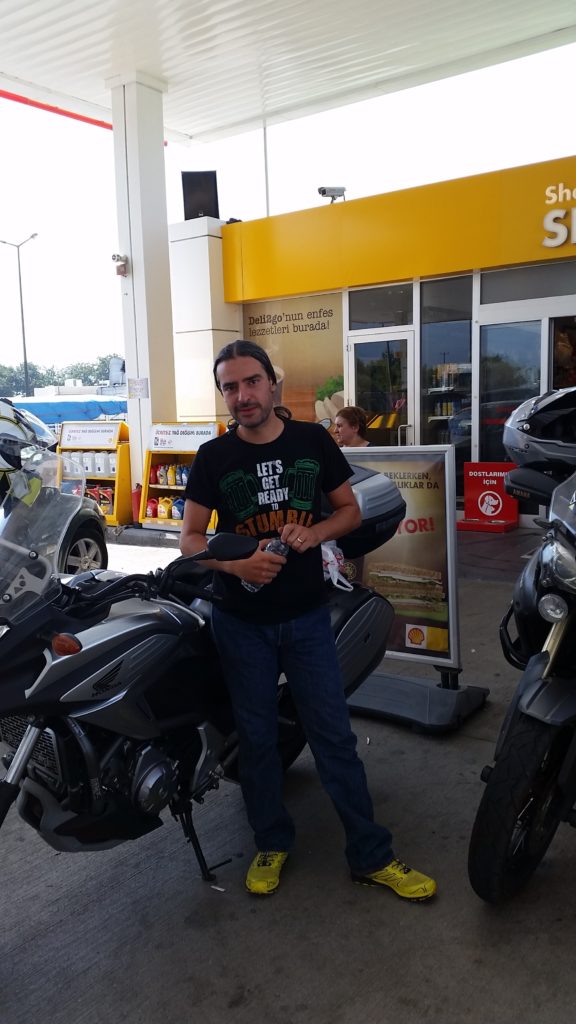
Some 400 km (248.5 miles) separated us from our next destination, Burgas in Bulgaria. The border between Turkey and Bulgaria was about halfway. We would follow the advice of a friend and cross at Edirne. We were so excited about entering Bulgaria so we rode straight to the border with only one short stop midway. The ride was smooth for the first hour, but then we suddenly found ourselves riding in high winds that came at us sideways at a speed of 120 km/hr (74.5 miles/hr). It made the ride a real challenge. We were forced to lean our bikes towards the wind to keep going in a straight line. On top of that, the road was on an international route and used by trucks and long trailers crossing the country. These huge vehicles overtook us at speeds exceeding 120 km/hr (74.5 miles/hr), leaving us in a vacuum that was followed by a violent tornado that really shook us up for a few seconds. We rode under these conditions for nearly two-and-a-half hours.
This Post is part of 15-day motorbike ride from Lebanon to Bulgaria across Turkey and back. Use the links at the end of the post for more insights about this adventure, the challenges and achievements
Our passports stamped, we exited the Turkish border, reaching the Bulgarian border entry gate a few hundred meters further on. We presented our identification documents and insured the bikes since we were entering a new country and even a different time zone. After spending an hour to complete the entry procedures, we were allowed to continue our ride to Burgas. With less than three hours ahead of us, we took it slow and easy, enjoying the infinite fields of golden sunflowers. Then, from higher ground we could see the well-maintained fields of these magnificent yellow flowers expanding to a blue horizon far in the distance. It felt as if we were riding in a fairyland, and just couldn’t absorb all this natural beauty at once.

Over the mountains covered with trees, we pursued the shaded twisting roads, relishing the cool breeze, until we got to the center of Burgas later that afternoon. At first glance it looked like an industrial city with a commercial harbor and the largest oil refinery in southeastern Europe (located near Burgas city center). Amazingly, Burgas exceeded our expectations. A huge tall hotel building captured our attention as we entered the city and so we had to check it out. As soon as we arrived at the Bulgaria Hotel we knew we’d spend the night there. The hotel hosted one of the city casinos a well, although it was closed during our stay. Requesting two rooms on high-level floors, we were privileged to enjoy the sight of an amazing sunset over the Black Sea and from our 14th floor window. Then, slowly the city lights shone through the darkness of the night, colorfully illuminating the streets. After a short rest in our rooms, the three of us went to find a restaurant we’d seen mentioned as a “must-try” on the Lonely Planet website. It wasn’t far, and we were soon warmly welcomed and seated by the staff of the famous fish and grill restaurant Ethno Burgas.
This fine diner was beautifully decorated inside and also offered informal outdoor seating, which we chose. The menu offered both international and Greek cuisine along with an excellent selection of local Bulgarian wines. We satisfied our hunger with a selection of excellent fish and some pork ribs. It turned out to be more than enough for the three of us, and at a relatively good price. The lively surroundings with street performers, musicians and dancers; the families with kids enjoying themselves; the variety of high-quality and relatively cheap restaurants and the shopping areas, parks and various stunning attractions all made Burgas one of the truly unforgettable places we came across on our trip.

After dinner we took a walk to Compass Square and some of the streets beside it to look at the architecture and especially to see some of the churches there. Unlike many other Bulgarian cities, Burgas was not affected much by the communist expansion and so the city kept much of its 19th and early 20th century architecture.
It’s also worth noting that after the Second World War, several convoys were organized for the European survivors of the Holocaust to depart from Burgas to Palestine. These convoys enabled 12 thousand people, including the Jewish population of the city, to emigrate.
Read the whole adventure, day by day. Click on the links below
- TAKING THE FERRY BOAT FROM TRIPOLI, LEBANON TO MERSIN, TURKEY
- THE ROAD IS OURS: DESTINATION CAPPADOCIA
- UP AND ABOVE CAPPADOCIA
- THE ROAD TO ANKARA
- CROWDED ISTANBUL
- FROM WHEAT FIELDS TO SUNFLOWERS AT THE BULGARIAN BORDERS
- A PROMISE IS A CLOUD; FULFILLMENT IS RAIN
- WEATHERED IN VARNA
- LONG ROAD TO A SECLUDED BEACH HOTEL
- THANK YOU BODRUM FOR THE BREAK!
- THE BEACH IS CALLING! MARMARIS
- ON THE ROAD AGAIN
- BACK TO SQUARE ONE
- HOW DID IT ALL START?



Leave a Reply